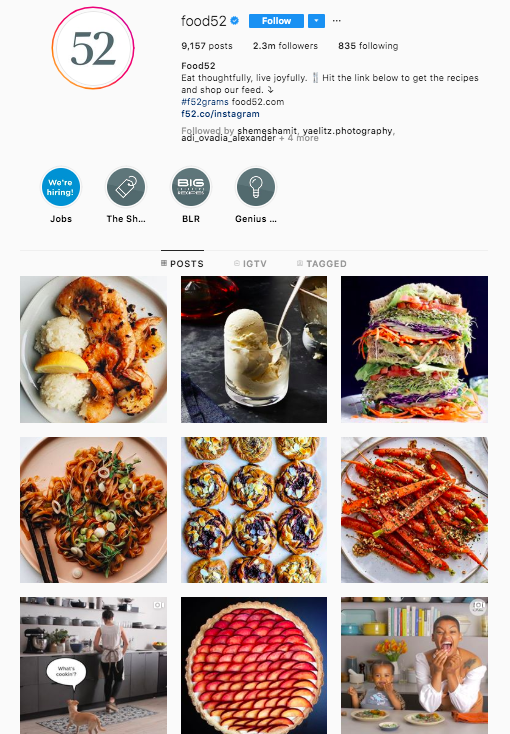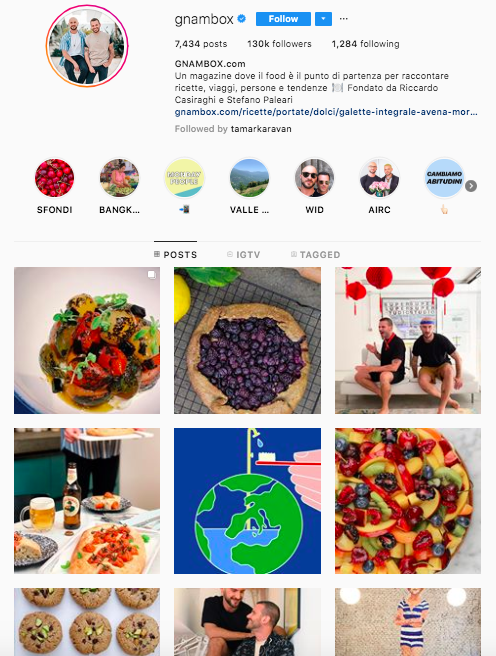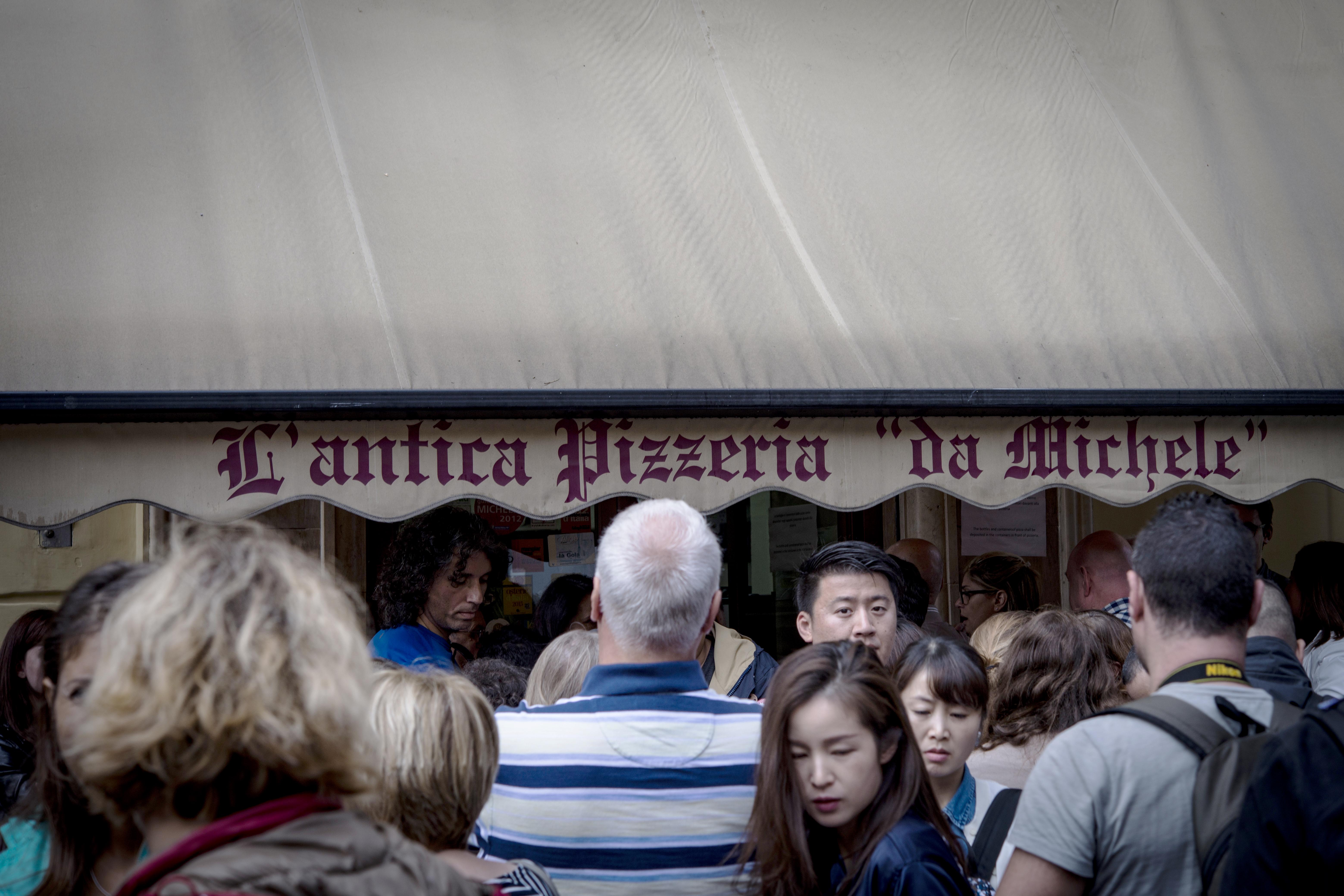We are living in a social media world
Close your eyes and try to imagine our world without Facebook, Instagram, twitter, YouTube, hard, right? Not only that it is impossible to ignore them, but it is also tough to live without them. For the millennial generation – it is the reality; for the rest of us, we have to keep up in order not to be left behind. But it wasn’t always like that. Although it feels like it was here forever, Instagram was only launched in October 2010. Nowadays, it is a massive network with more than 150 million users, and more than 400 million pictures shared from all over the globe (Instagram, 2011).
Instagram, as we all know, is a photo and video sharing social network owned by Facebook. It provides its users the opportunity to upload images and videos with different filters. The users can “like” photos, follow, tag other users, and add locations. Users consume photos and videos mostly by viewing a core page showing a “stream” of the latest photos and videos from all their friends. They can also favorite or comment on these posts. (Manikonda, L., Hu, Y., & Kambhampati, S. 2014).
Social media sites like Instagram have emerged as popular platforms for sharing ingestion and dining experiences. (Sharma, S. S., & De Choudhury, M. 2015). Approximately at the same time that food photography became popular on social media, culinary tourism was developed. Culinary tourism is defined as “the pursuit and enjoyment of unique and memorable food and drink experiences” (Liu, I., Norman, W. C., & Pennington-Gray, L. 2013). As the understanding that food takes an integral part in the local heritage and history grew among the travelers. Travel destinations are no longer picked only by the most exciting touristic attraction but also by the best restaurants, wineries, dairies, and producers.
You are what you eat (and thank you, Michel Pollan, for that).
Food is another growing phenomenon of the 21st century. Food is no longer just the fuel to our body; It is much more than that; it is a pleasure and an art. We are surrounded by food programs on TV, food magazines on our coffee table, and food porn on our social media; food is everywhere.
Not everyone is falling for this food trend. People who love food call themselves “foodies,” this term pretty much replaces the word “gourmet,” first used in 1984, at the official foodie handbook, which spoke of the “foodism” worldview. For the foodist, food is already art. As it is described at the Official Foodie Handbook: “Foodies consider food to be an art, on a level with painting or drama. It’s actually your favorite art form.” As a form of art, food should be adequately treated and referred to with the proper respect.
The French writer Alain Robbe-Grillet reflected interesting phenomena regarding the consumption of food; “In a restaurant, he said, it is the menu that people enjoy consuming – not the dishes, but their description. He had relegated the whole art of cooking – which he adored – to the status of an abstract exercise of vocabulary!” (Poole, S. 2012). We can argue about it, but words and pictures are the way we appreciate food these days. Together we developed a new language to speak about food.
A new term that entered our food vocabulary is “food porn.” This term is widely employed to describe any food that looks good to eat, even if it is only an illusion. It can refer to still or moving images of cooking and dining across various media, including cookbooks, magazines, television, blogs, websites, and social media platforms like Twitter, Facebook, Instagram, and Pinterest. The term is often used positively, to suggest that the food depicted is desirable or is described in a way that makes it desirable. While the connotation is usually of “guilty pleasure,” or allowable “indulgence.” It doesn’t put food in an erotic place; the resemblance to porn is by the illusion it develops. It is just as unreal as porn (Rousseau, S. 2014). Using different modification, the professional team of a chef, a stylist, and a photographer are creating for us a desirable food fantasy.
I will travel for food.
Researches show that food photos on Instagram are at the five top photo subjects. (Hu, Y., Manikonda, L., & Kambhampati, S. 2014). We love to take food photos and share them with the world. Using the Instagram option to share their geo-locations, its users build a food map for the use of the community. Food photos on Instagram are particularly prevalent. Using Instagram’s food photo databases researches were able to identify food deserts and associate eating habits with locations (Chung, C. F., Agapie, E., Schroeder, J., Mishra, S., Fogarty, J., & Munson, S. A. 2017).
In a very interesting research was found that people track their food on Instagram with a mix of co-existing goals: recording what they eat, receiving social support, and providing social support (Chung, C. F., Agapie, E., Schroeder, J., Mishra, S., Fogarty, J., & Munson, S. A. 2017). The database created reflects the global community and its desire for food.
Instagram, a part of the social media group and being an online app, is part of the mass knowledge the internet generation has opened to us. The borders of our countries are no longer a limitation; we live in a global community. Interesting to notice that social networks are not a place for us to meet new people but rather a place to show our social networks and communicate with the people within that network. (Boyd, D. M., & Ellison, N. B. 2007). Although we are not gaining new friends via the media, we have an excellent opportunity to communicate and get help and recommendations for our existing network.
Ask your parents what the best way of finding a new restaurant for dinner is, and they will surely send you to the new place in town their friends were just talking about. In the social media era, we don’t need to count on our close friends anymore as we are open to the influence of the electronic word of mouth. Previous research has depicted tourists’ frequent use of social media to share tourism experiences as well as search information for travel planning. More and more people around the globe use the social network to share food pictures. It was found that people share food photographs online for three main reasons – entertainment, personal identity, and social interaction. They take pictures of their vacations both to remember but also to share their experience with others (Liu, I., Norman, W. C., & Pennington-Gray, L. 2013).
 Trick or Treat.
Trick or Treat.
The most interesting question is, rather, this new edge information is reliable. Planning your vacation, or your next business trip you have the option of using the google recommendations, enter the TripAdvisor app or other similar applications, you can turn to your favorite bloggers and see where they have been, or you can turn to the social media; going through Instagram pictures from the location you are about to hit.
In this meter, the greatness of Instagram is it being a photo app. Not only you will find the restaurants in your desired location, but you will also have a glance at their photos from more that one source. Keeping in mind the tricks of food photography, food porn, and its sometimes unrealistic exaggeration, as we mentioned above, you can still get a pretty good impression of the place.
As an Instagram enthusiast, I do think that the most important thing is to keep in mind one thing – understanding who posted the photo and why he did so. If you are on the restaurant profile, for sure the pictures will look good, as it is one of the most crucial marketing channels these days, but they may be a bit too good to be true. If you are on a “foodie” account, your impression will be a bit closer to reality, but keep in mind that sometimes online influencers get paid to post from different restaurants and it is not always the most honest review.
I decided to check out the Instagram recommendations. This time I chose in advance what dish I will order from the menu based only on the photos on the restaurant’s Instagram profile. Well, I have to be honest and admit that I was disappointed; it was good but not as good as other dishes at the menu. I think it is a good reflection of the mass knowledge; within the million posts, you have to dig for the truth. In the end, you can rely only on a reliable source. As you will try a new restaurant following a recommendation from your favorite magazine, or you will follow your foodie friend advice to check a unique place in town, you can also track your favorite Instagrammer opinions but check first the quality of its account.
The Instagram food accounts can belong to three main categories – professional business accounts owned by restaurants and run by advertising companies; influencers account owned by a celebrity from real life or an Instagram celebrity, they will have multiple followers and usually a cool theme for their account; and last but not list ordinary people. When you are looking for food recommendations online, you should remember these and try to combine your information from all the three above.
Restaurants are obligated to the truth in advertising, but they for sure can make this truth prettier than reality. Talented Instagrammers will be able to make even a very mild dish look like the next Michelin star. And people sometimes can embrace a very ordinary meal. Being optimistic, I say believe, but don’t forget to question your source first.
Sources to fill up your belly
Hu, Y., Manikonda, L., & Kambhampati, S. (2014, May). What we Instagram: The first analysis of Instagram photo content and user types. In Eighth International AAAI conference on weblogs and social media.
Instagram. 2013. Instagram statistics. http://instagram.com/press.
Manikonda, L., Hu, Y., & Kambhampati, S. (2014). Analyzing user activities, demographics, social network structure, and user-generated content on Instagram. arXiv preprint arXiv:1410.8099.
Boyd, D. M., & Ellison, N. B. (2007). Social network sites: Definition, history, and scholarship. Journal of computer‐mediated Communication, 13(1), 210-230.
Sharma, S. S., & De Choudhury, M. (2015, May). Measuring and characterizing nutritional information of food and ingestion content on Instagram. In Proceedings of the 24th International Conference on World Wide Web (pp. 115-116). ACM.
Chung, C. F., Agapie, E., Schroeder, J., Mishra, S., Fogarty, J., & Munson, S. A. (2017, May). When personal tracking becomes social: Examining the use of Instagram for healthy eating. In Proceedings of the 2017 CHI Conference on Human Factors in Computing Systems (pp. 1674-1687). ACM.
Rousseau, S. (2014). Food “porn” in media. Encyclopedia of food and agricultural ethics, 748-754.
Poole, S. (2012). Let’s start the foodie backlash – the Guardian, 10, 12.
Liu, I., Norman, W. C., & Pennington-Gray, L. (2013). A flash of culinary tourism: Understanding the influences of online food photography on people’s travel planning process on Flickr. Tourism Culture & Communication, 13(1), 5-18.



